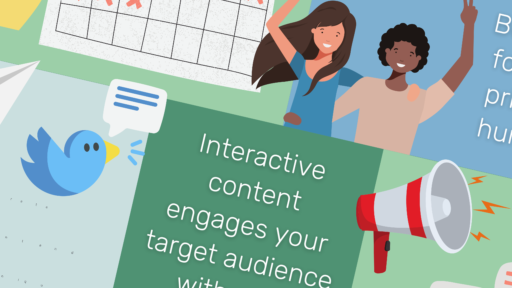“Don’t eat that berry! It killed my cousin!”
Word of mouth is the oldest form of marketing. It was around before there was any kind of media. People had to rely on the experience of others. Then came print ads, radio, and TV. And they all had a lot of power for a while.
But those types of marketing campaigns are losing steam. Consumers just don’t trust big companies anymore. They want to know about real experiences from real people.
Content marketing teaches potential customers about your product. But it shouldn’t be in a promotional way. It should tell users how you’re going to help them.
So, here are 4 ways to encourage word of mouth marketing with your content:
- Use content to show how your small business solves problems
- User-generated content (UGC) leads to brand loyalty
- Engage with your audience on social media
- Create content that forces people to talk about it
Why do you need a word of mouth marketing strategy?
Nowadays, we all use social networks to share feedback. We leave reviews. We post pictures of products we love. We talk about brands with our friends.
Word of mouth (WOM) marketing is directly responsible for 90% of all purchases. And 94% of consumers agree that a bad review has convinced them to avoid a business. One bad review. Your future could be in the hands of Yelp or Trustpilot. Yikes.
So, you see how important it is.
There are tons of different word of mouth marketing (WOMM) strategies you can use. Things like:
- Referral programs
- Asking for customer reviews and testimonials
- Hashtag campaigns
- Case studies
- Social proof on your site
Here are some examples of social proof in action:
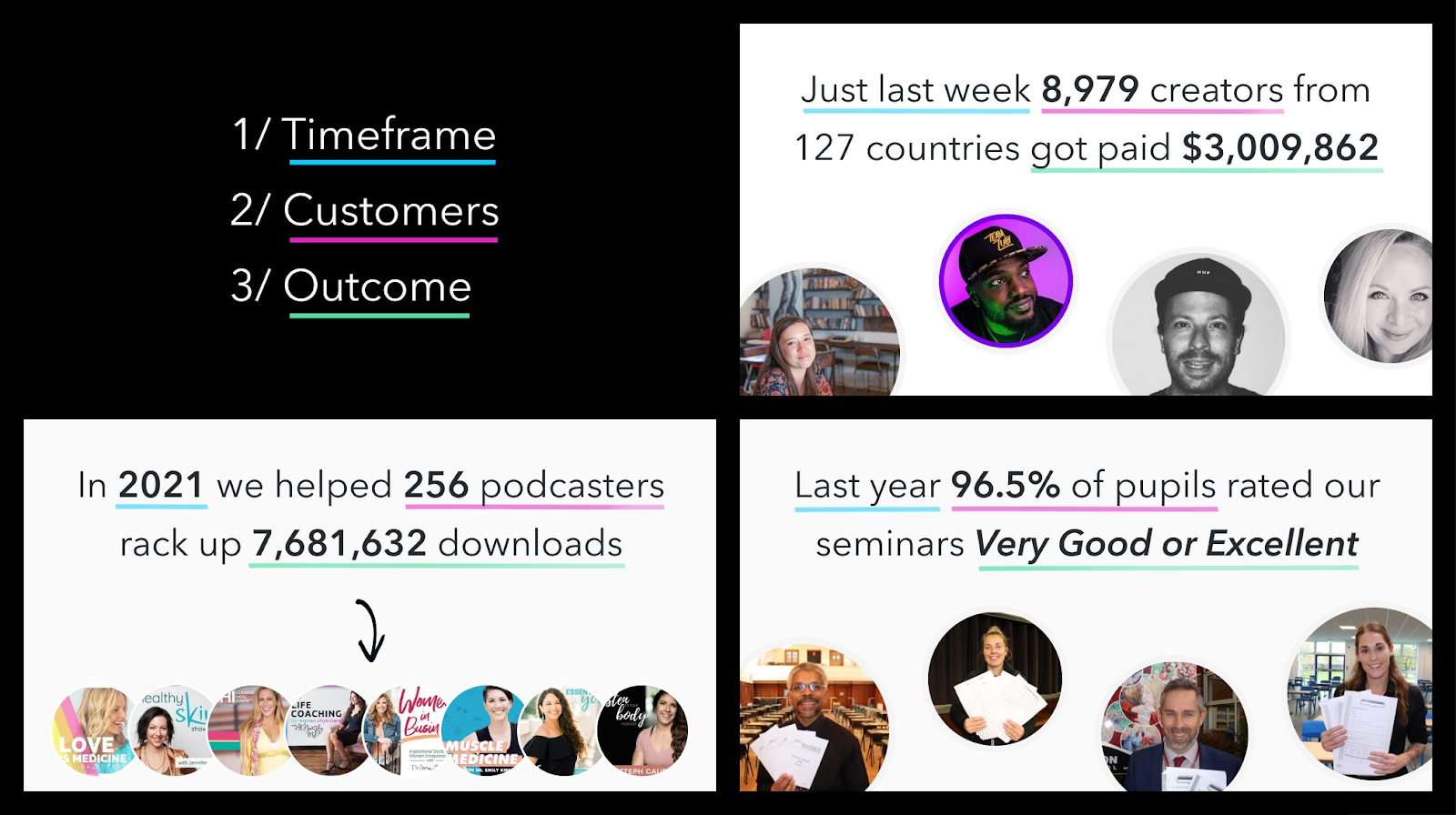
Source: Twitter
But one of the most popular WOM strategies is influencer marketing.
Influencer marketing vs. word of mouth advertising
Nielsen reports that 92% of consumers believe friends and family over advertising. Who’d have thought it?! And obviously we get most of our recommendations from people we know personally.
But influencers fall somewhere between friends/family and online reviews from strangers. These bloggers can have huge impacts on their social communities. Because they’ve built up solid followings as experts of their niche. Their audiences value their opinions and suggestions.
Some even become brands themselves. Creating and promoting their own products to their customer base.
It’s not quite organic word of mouth marketing. But 93% of marketers have used influencers in their marketing campaigns. So, they’re a bridge between your brand and trusting consumers.
But you won’t control the content they create. And for a successful campaign, you wouldn’t want to. So, here’s how to create WOM marketing with your own content.
1. Use content to show how your small business solves problems
Content marketing is a form of advertising that should be used by everyone. Because it isn’t really an ad. But it is a powerful marketing tactic.
Let me explain.
What’s the main thing most businesses get wrong about content marketing? They make it about themselves.
Whether you’re posting on LinkedIn or your website, it doesn’t matter. You’re not there to promote your business. That type of advertising is dying out. Fast.
People want to know how your product will solve their problems. How your service will benefit their lives. People love to buy. But they hate to be sold to. So, indirect marketing builds a relationship with your followers. Which then leads to organic word of mouth marketing.
How? Great content marketing increases brand awareness. This awareness leads to word of mouth. And you don’t even need to shout out your business to achieve it.
Red Bull’s content marketing experience
Red Bull’s content marketing strategy doesn’t talk about how amazing their energy drinks are. It sells an experience. Now, of course. They have a ton of investment behind them. So, no one is expecting you to send an F1 car to race around Austria:
But they choose to market their brand with action videos. Extreme sports. Events that “wow” people.
I mean, they have a wide-ranging demographic. My 65-year-old dad drinks one every morning. And he’s unlikely to try a freefall from space anytime soon. But they’ve chosen their marketing niche.
They’re solving the problem of boredom. Mediocrity. People who drink Red Bull are motivated to have fun and take risks.
Patagonia creates buzz by doing good
Patagonia is another awesome example. But their strategy is more purpose-driven. They’re environmentalists. Their products are focused on sustainability. A more obvious problem to solve. And their content mirrors this.
They even create feature-length films documenting environmental issues. With no mention of their products anywhere. Like trying to save wild salmon from extinction:
But back to the retail side. They want everything they sell to be:
- Long-lasting
- Multi-functional
- Useful
They’ve got DIY guides on their site to patch and repair their clothes. Instead of prompting you to just buy new ones. This doesn’t sound like your everyday clothing company.
Patagonia even took the “help not sell” thing to a whole new level in 2011. Their “Don’t Buy This Jacket” anti-ad challenged consumerism head-on. Just before Black Friday.
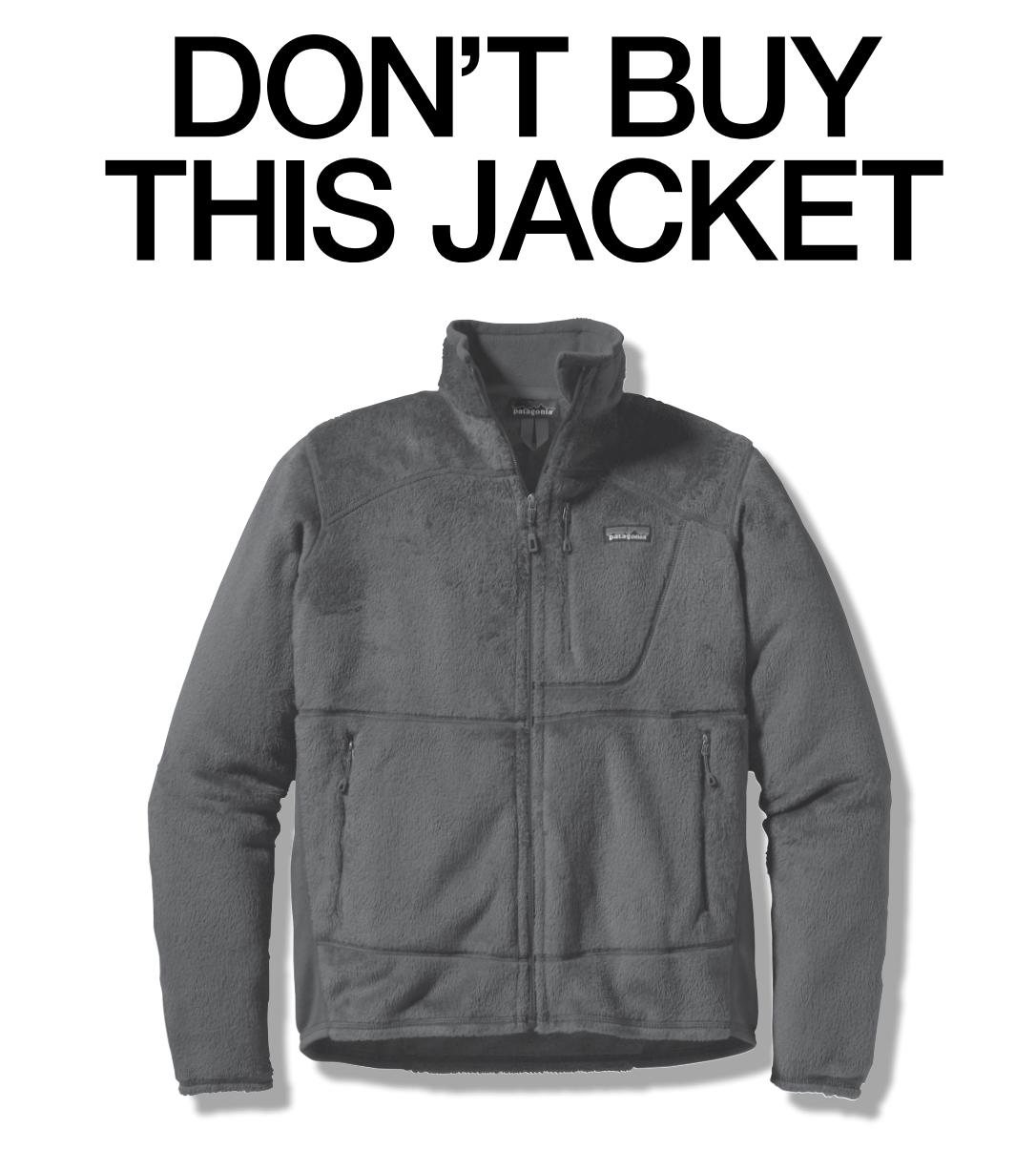
Source: Patagonia
That’s one way to use word of mouth marketing. And absolutely nail it. Show people you’re trying to affect their lives in a positive way. And it’s almost certain they’ll talk about you.
What about articles and blog posts?
This method works with written content too. The goal of SEO is to make your content rank highly in search engines. Which can result in higher conversion rates. So, how does WOM marketing fit in?
Well, for people to talk about you, they’ve got to know about you. SEO writing uses different tactics that search engines like. It’s about using certain keywords and formatting in a particular way.
But this is something else people get wrong. They go too far down the technical route. And they forget they’re supposed to be writing for humans.
Keywords are important. But keep your focus on solving problems. And try to keep brand mentions to a minimum. You’ll be surprised at the effect it can have.
2. User-generated content (UGC) leads to brand loyalty
People have lost trust in traditional media. Of course, they still trust family and friends. But they’re also happy to accept recommendations from total strangers online.
Before social media, WOM would be suggesting a shade of lipstick to your friend. Now, it’s taking a selfie wearing it. Then tagging the brand. Heck, the brand might even reshare it.
This is user-generated content. And it’s pretty important. Because 93% of marketers agree that UGC performs better than branded content. Other consumers just trust it more.
There’s no downside to this marketing tactic. You’ve not spent any time or money creating it. So, any engagement and brand awareness is a bonus. If it tanks, no love lost. You’ve still made at least one customer happy.
The idea is to make your customers want to be brand ambassadors for your business. Whether it’s a first-time purchase or 15th.
GoPro – masters of UGC marketing
Take GoPro. GoPro was founded by a surfer who wanted a way to film his buddies in the water. He solved his own problem. And the problem of many others.
Nowadays, the company doesn’t just sell adventure cameras. They sell a lifestyle. But unlike Red Bull, most of their content comes from their own customers:
There’s a thrill about being featured on your favorite brand’s social channels. And GoPro uses this to its advantage. They don’t even have to encourage their own word of mouth marketing. Obviously, showing is better than telling when your cameras produce such awesome visuals.
They get the creativity of a global user base for their content marketing campaigns. And to demonstrate their product every time without ever having to mention it.
If the pure thrill of adventure doesn’t keep their UGC coming, there’s always their ‘Million Dollar Challenge’.

Use your GoPro. Do what you’d normally do. And potentially get paid for it. If a million dollars isn’t worth talking about, I don’t know what is.
How to encourage user-generated content
So, how do you encourage UGC if you don’t have that kinda cash? Well, there are tons of ways to do this:
- Check out any existing fan photos to find trends
- Create a fun hashtag campaign
- Host a competition or giveaway
- Include hashtags in your bios and ads
- Build relationships with influencers
- Offer deals and discounts for taking part
- Feature your favorite photos
If you’re an eCommerce brand, UGC naturally happens. We’ve all gotta wear clothes (you can thank the law for that). And people like to show them off.
It’s a form of referral marketing. Because someone is showing off the fact they’ve purchased your product.
So it’s obvious why it’s important for WOM marketing. And a whopping 70% of consumers will consider UGC reviews or ratings before making purchasing decisions. So, keep it flowing.
3. Engage with your audience on social media
Social media should be a top priority in your word of mouth strategy. Over half of the world’s population uses it. And if they’re there, you should be too.
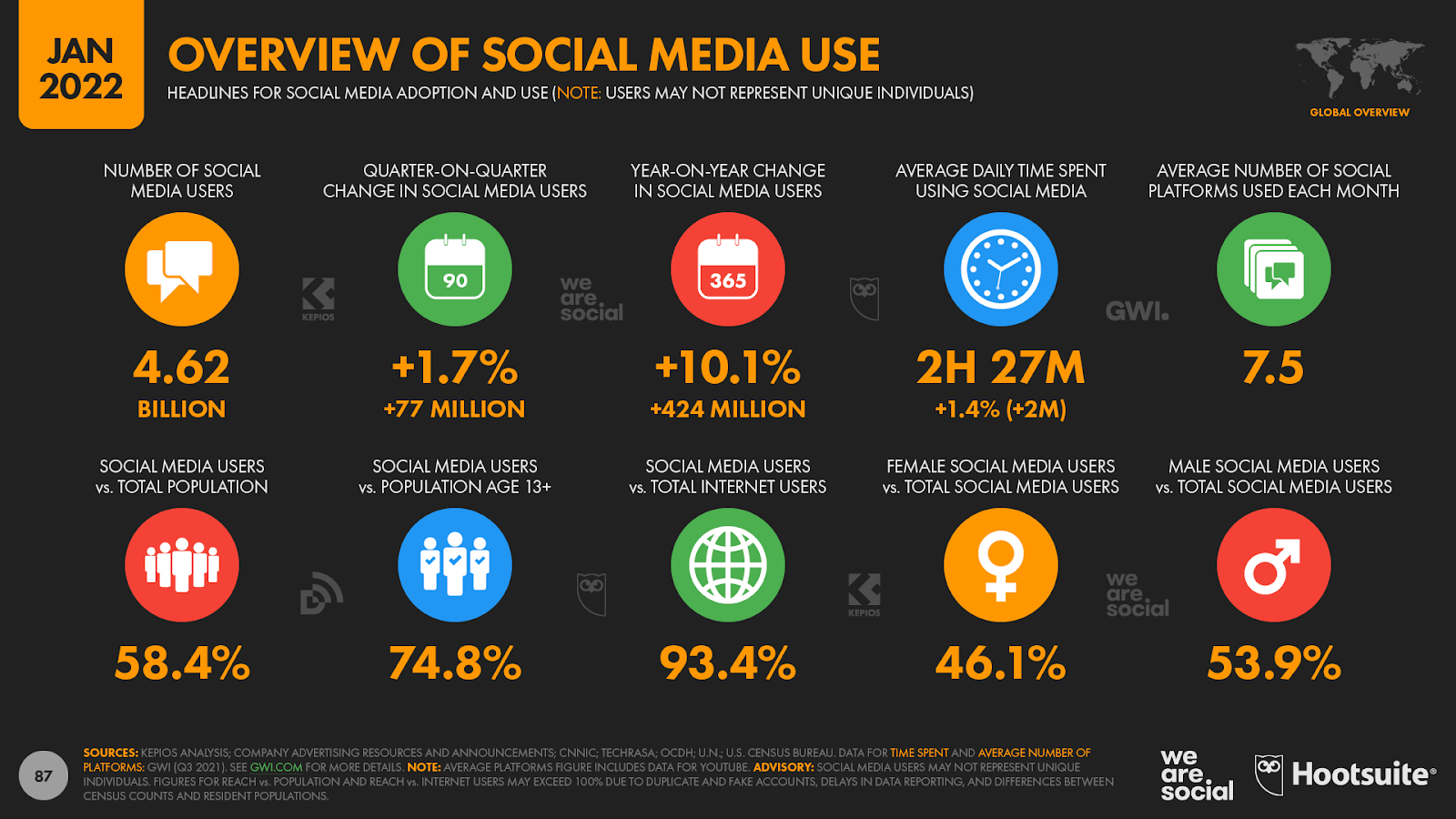
Word of mouth marketing happens naturally in offline conversations. But conversations are constantly happening online too. You might not think your social posts count as “content”. But they do.
Social media posts can be used to:
- Draw in new customers
- Announce new products
- Turn complaints into happy customers
- Create an ongoing positive experience
Your social media engagement should reinforce your core values. Your brand voice is going to be a huge part of this. A unique one can make people want to engage with you. The most obvious example of this is Wendy’s sassy Twitter feed:

Source: Bored Panda
They started roasting customers on Twitter a few years ago. A risky move. But it’s one that’s paid off with millions of followers waiting to see what they say next.
Social media lets you speak directly with your audience. You can see who your satisfied customers are. And the not-so-satisfied. You can even use your Twitter for customer support.
All of this is an ongoing word of mouth marketing campaign. It never sleeps. And this can be a good or bad thing. Depending on the experience you provide.
Starbucks has mastered audience interaction
Starbucks is all about promoting inclusivity. Their whole deal is creating a culture of belonging. And they make sure their social accounts reflect this:
Their marketing team has super high engagement on everything they post. Because they take the time to engage with their audience. A really high percentage of their Tweets are replies.
They retweet their own customers’ word of mouth recommendations. They share charitable initiatives they’re involved in. And they mix in some random thoughts just for fun.
Social media marketing can play a big part in customer retention. And Starbucks gets this. Engaged audiences turn into loyal customers. And they keep those loyal customers happy too.
4. Create content that forces people to talk about it
Storytelling is part of human nature. It’s been around since the dawn of time. We’ve moved online. But it doesn’t mean we want to stop hearing or telling them.
Great content tells a story. And the best stories evoke some kind of emotion. That way, we want to share them. If something has shocked or amazed you, you’re more likely to tell someone about it. Usually, to see if they’ll have the same reaction.
It can happen with brands too. Amazon’s same-day delivery is an awesome customer experience. People just can’t believe their online order can be with them in hours. And word spreads. So, Amazon’s customer base expands.
If you can create a unique brand experience, people will want to talk about it. And so word of mouth marketing is born.
Viral content marketing
But back to your content. The goal for most social marketers is to increase brand awareness. And what gets you in front of more people than a viral post?
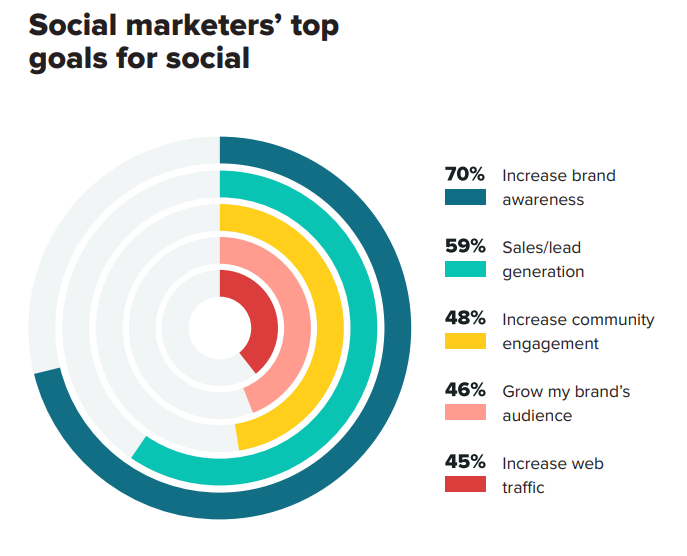
Source: Sprout Social
The power of word of mouth marketing peaks with viral posts. This content is so good that people just have to share it.
This success is a dream for all marketers. But viral marketing campaigns aren’t easy to pull off. They happen by accident. And most of the time, the first will be the last time.
So, what kind of campaigns have nailed it in the past. Some examples are:
- Spotify Wrapped – users’ annual listening recap (one of few to go viral every year!)
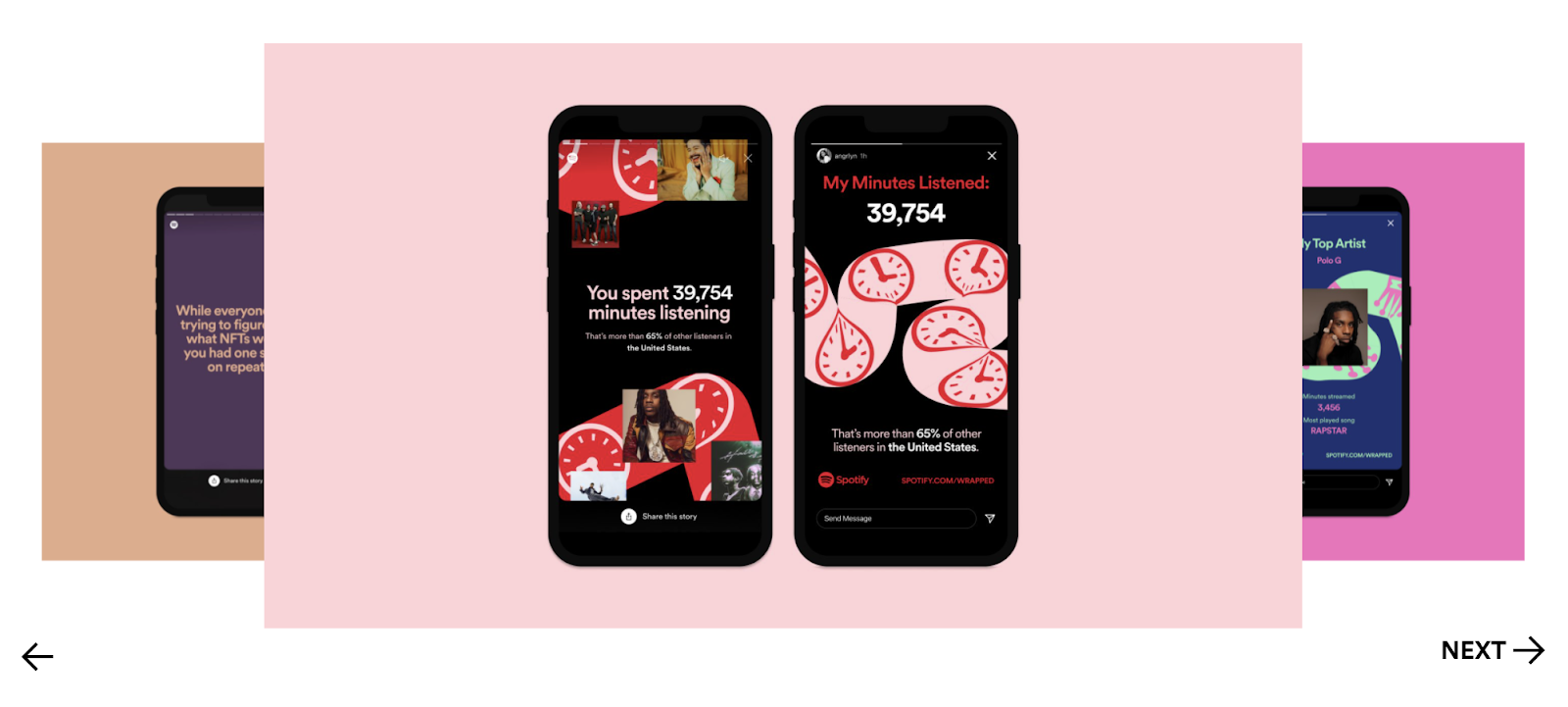
Source: Spotify
- The ALS Ice Bucket Challenge – which raised $115 million and had a ton of celebrities involved.
- Wendy’s Chicken Nugget Retweet Challenge – one man’s quest for a year of free nuggets.
Quick tip: That last one only went viral because the brand actually replied to his request. (Please refer back to point #4 about engaging with your audience!)
Sprout Social has 6 tips to give your content the best chance of going viral:
- Reflect on why you want to go viral
- Get to know your audience
- Prime your content for easy sharing
- Use hashtags to spread the word
- Jump aboard trending topics
- Humanize your content
But don’t forget. You can’t force something to go viral. It has to happen organically. If you try too hard, it’ll probably have the opposite effect.
Just try to create content that will engage your audience. Focus on making people feel something. And answer their questions before they ask.
Conclusion
Word of mouth marketing works. And it’s not going to go away. Even in a digital society, we’ve found plenty of ways to connect and share our opinions.
These 4 ways can help encourage WOM with your content:
- Show how you solve problems
- Share user-generated content
- Engage with your audience
- Create content that people can’t not talk about
But all this only works if you have the product to back it up. If you offer something that people can relate to. Focus on your target audience. Turn your business into a great story. And people will want to share it.
What’s the last thing you recommended to someone you know? Are there any WOMM campaigns you’ve loved? We’d love to hear about them below.




